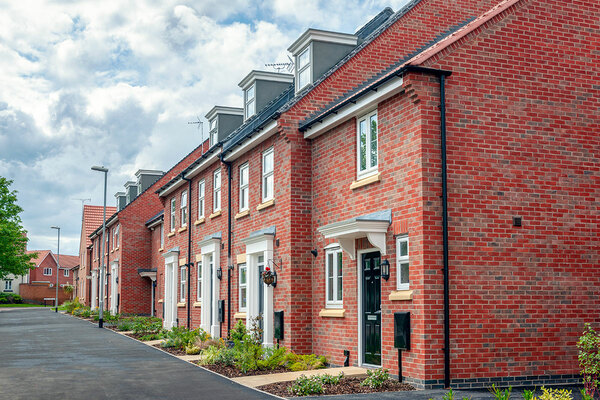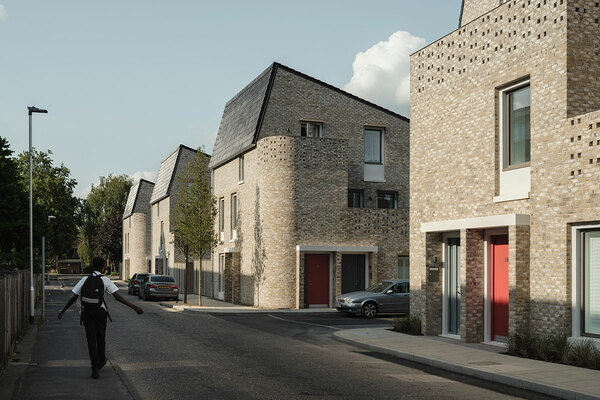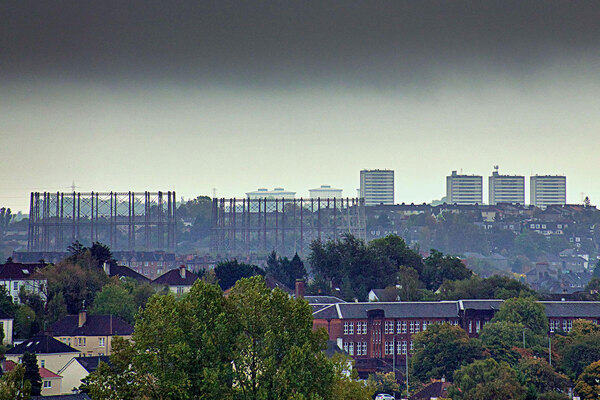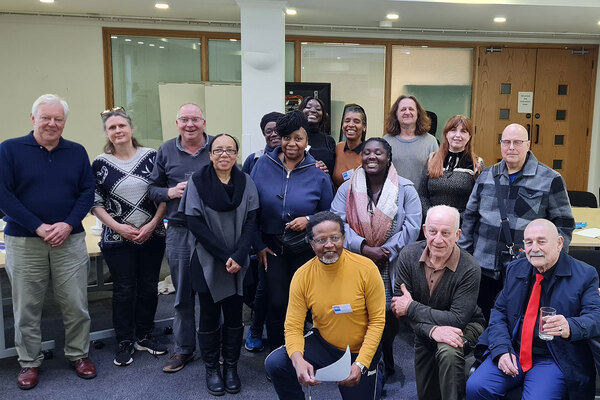Government to publish new national design guide for homes
The government will publish plans for a new national building design guide which aims to ensure that “beautifully designed homes” are delivered across the country.
Housing secretary Robert Jenrick has confirmed that the government will launch the new guide today, which will replace the “outdated" system currently in place.
According to Mr Jenrick, there is currently no accepted national standard for new homes, and the new guide will “introduce a national standard for local authorities to adhere to, with the option of designing their own applicable guides reflecting local needs”.
Where possible, emphasis will be placed on tree-lined streets and green infrastructure, in line with the government’s broader environmental focus.
Mr Jenrick said: “Too often new developments come at the expense of beauty, quality and design. This shouldn’t be the case and the Conservatives are determined to deliver homes that families and communities are proud to call their own.
“As housing secretary, I am replacing the existing vague and outdated guidance with a brand-new national design guide. It will be produced with a more ambitious and firmer vision for better designed homes.
“This new design guide will have real clout. There will be a national standard for local authorities to adhere to, but we recognise that what good likes like differs across England.”
Mr Jenrick said that for the first time local authorities will be expected to design their own local guides in line with national standards.
“I want to put people at the heart of the housing process and provide a strong blueprint for building homes that families are proud to live in, recognising beauty and design in the most locally appropriate way,” he added.
The promise to deliver new standards comes after the Building Better, Building Beautiful Commission released an interim report in July which urged planners to “say no to ugliness”.
The report, which covered other aspects of the built environment alongside housing, recommended that the public have more effective say over development in their communities.
It also encouraged the redevelopment of retail parks and large supermarkets into communities that include homes, shops and businesses.
The new mixed-use communities should be supported by new public transport to reduce the reliance on cars as well as a commitment to revisit what were dubbed “boxland” developments.












